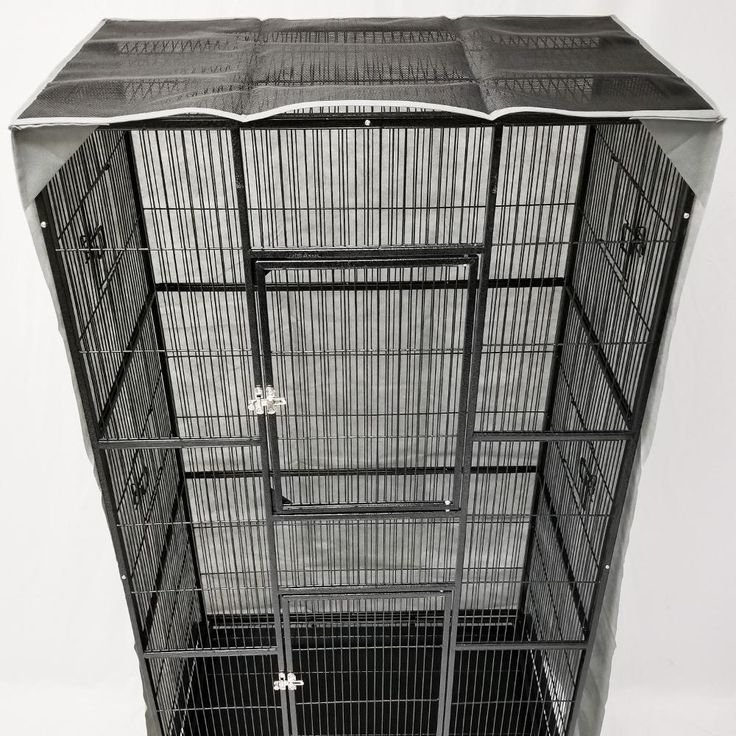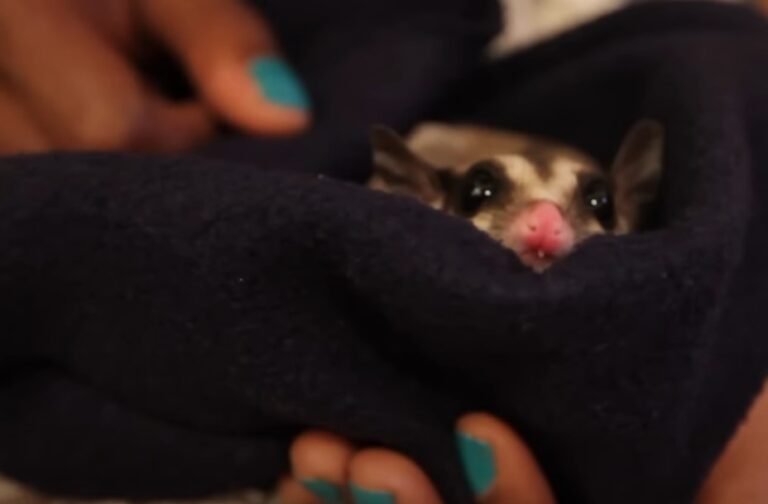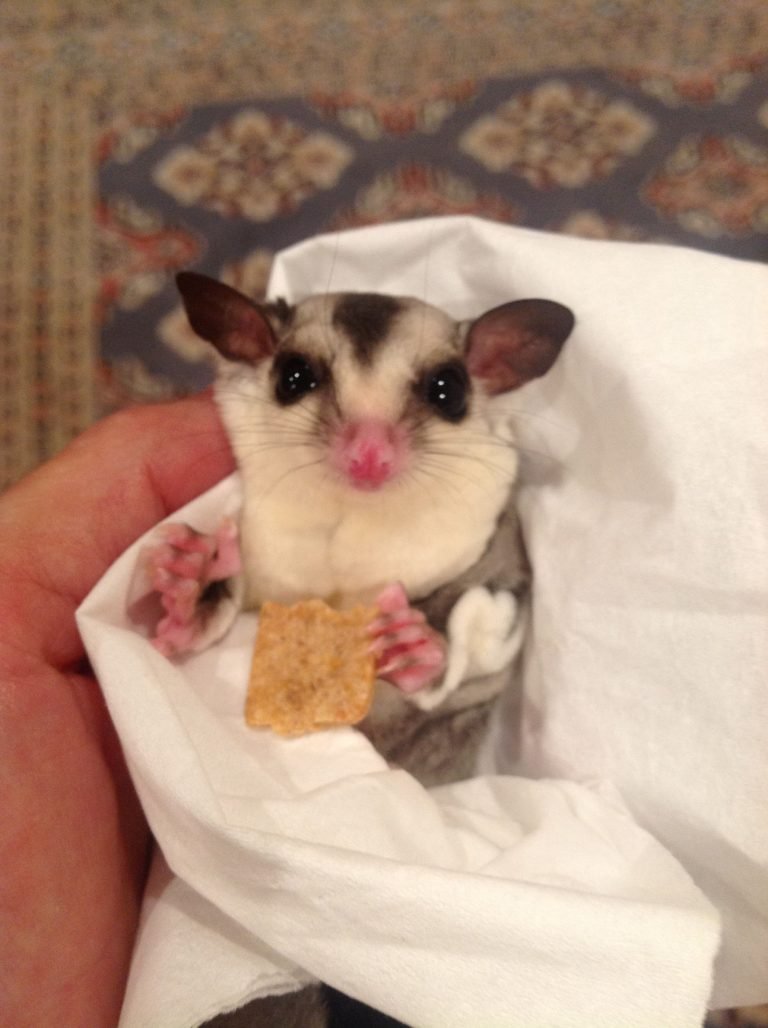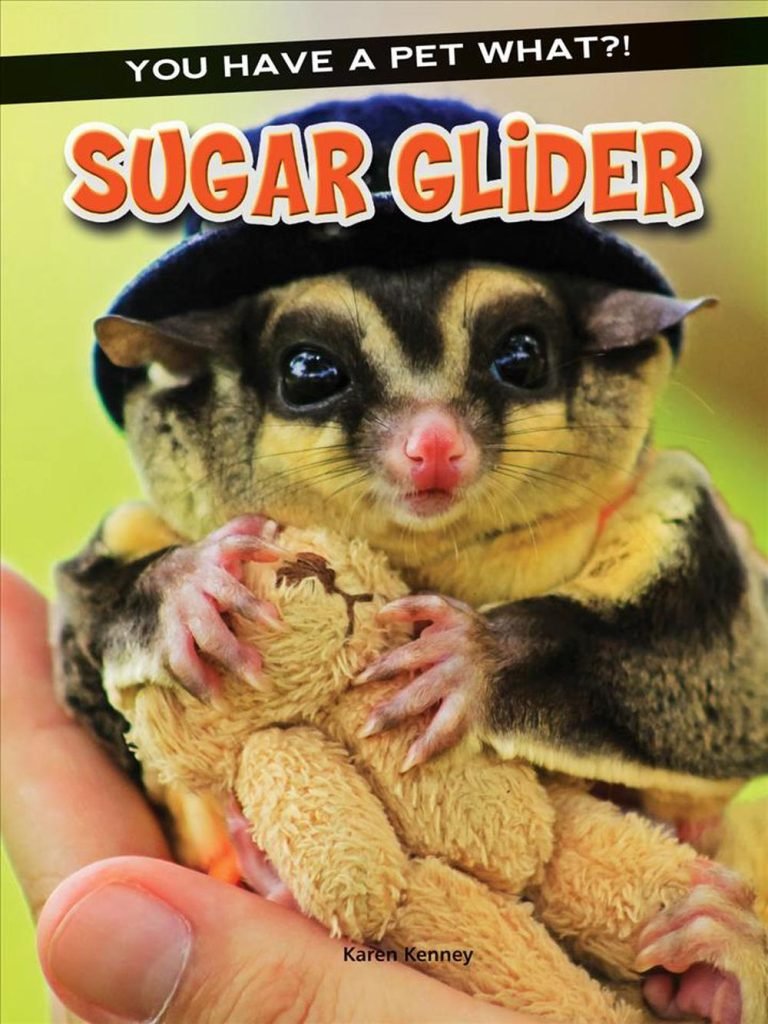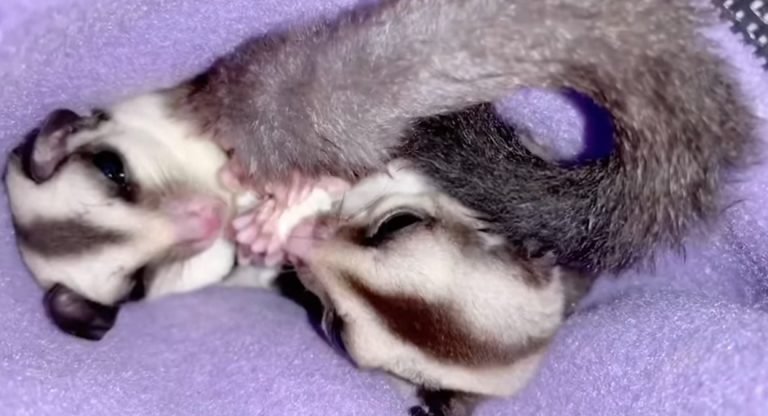What Do Sugar Gliders Need In Their Cage
Are you considering getting a sugar glider as a pet? These adorable little creatures are not only cute but also quite fascinating. However, before bringing a sugar glider into your home, it’s important to ensure that you provide them with everything they need to thrive. One of the key aspects of caring for a sugar glider is creating an appropriate cage environment for them. In this article, we’ll explore what do sugar gliders need in their cage to ensure their well-being and happiness.
What do sugar gliders need in their cage?
Sugar gliders need a cage that provides them with ample space to move around and engage in natural behaviors. They are active animals and require plenty of room to climb, glide, and play. Here are some key elements that should be included in a sugar glider’s cage setup:
1. Size
The size of the cage is crucial for sugar gliders. It should be as large as possible to allow them to exercise and explore. A good rule of thumb is to have a cage that is at least 20 inches tall, 20 inches wide, and 30 inches long for a pair of gliders. Keep in mind that the size needs to increase if you have more gliders.
2. Bar Spacing
The spacing between the bars of the cage is important to prevent your sugar gliders from escaping. The ideal spacing should be no more than half an inch wide. Anything wider than that may allow your gliders to squeeze through or get stuck.

3. Ventilation
Sugar gliders require good airflow within their cage to keep the environment fresh and prevent the buildup of odors. Look for a cage with plenty of ventilation options, such as mesh sides or wire panels, to ensure proper airflow.
4. Climbing and Perching Options
Sugar gliders are arboreal creatures, which means they love to climb and perch on branches and other structures. Provide plenty of branches, ropes, and perches at various heights to allow your gliders to exercise their natural climbing instincts.
5. Sleeping Areas
Sugar gliders are nocturnal animals and need a quiet, dark, and secure place to sleep during the day. Provide a nesting box or pouch where they can feel safe and comfortable. The sleeping area should be cozy and easily accessible for your gliders.
6. Enrichment and Toys
To prevent boredom and encourage mental stimulation, it’s important to provide a variety of toys and enrichment items in your sugar glider’s cage. Toys such as tunnels, wheels, and puzzle feeders can keep them entertained and engaged.
7. Safe Substrates
Choose a safe substrate for the bottom of the cage that is easy to clean and doesn’t pose any health risks to your gliders. Avoid cedar or pine shavings, as these can be harmful to their respiratory system. Paper-based bedding or fleece liners are good options.
8. Food and Water Dishes
Provide separate dishes for food and water in your sugar glider’s cage. Opt for shallow dishes that are easy for them to access. Make sure to clean and refill the dishes regularly to ensure freshness and hygiene.
9. Temperature and Lighting
Sugar gliders are sensitive to temperature changes and require a stable and comfortable environment. Maintain a temperature of around 70 to 80 degrees Fahrenheit in the room where the cage is located. Additionally, provide a UVB light source to help them synthesize vitamin D3.
Frequently Asked Questions
Q: Can sugar gliders live in a regular bird cage?
While sugar gliders can technically live in a bird cage, it may not be the most suitable option for their needs. Bird cages are usually designed with horizontal bars, which may not allow gliders to climb and glide effectively. It’s best to invest in a cage specifically designed for sugar gliders.
Q: How often should I clean my sugar glider’s cage?
Cleaning the sugar glider’s cage is essential for maintaining their overall health. Spot clean the cage daily by removing any leftover food, waste, and soiled bedding. Perform a thorough cleaning once a week by disinfecting the cage and replacing all bedding.
Q: Can sugar gliders be housed together?
Yes, sugar gliders are social animals and thrive when housed together in pairs or small groups. They enjoy the company of their fellow gliders and benefit from social interaction. However, it’s important to introduce new gliders gradually and monitor their behavior to ensure they get along.
Final Thoughts
Creating a suitable cage environment is crucial for the well-being and happiness of your sugar gliders. By providing them with a spacious, well-ventilated, and enriched environment, you are setting them up for a healthy and fulfilling life. Remember to regularly assess and update their cage setup as they grow and their needs evolve. With the right cage setup, your sugar gliders will thrive and bring you endless joy as beloved pets.



